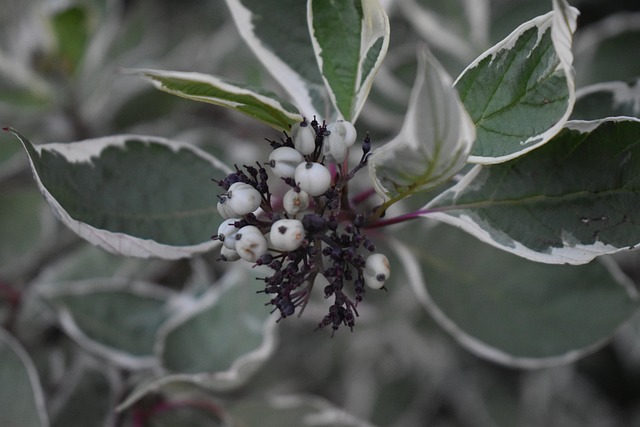casimba ✌ Casimba: A Cultural Mosaic of Rhythm and Resilience

Casimba: A Cultural Mosaic of Rhythm and Resiliencecasimba
In the vibrant tapestry of Brazilian culture, few elements capture the spirit of the people as passionately as the casimba. This traditional Afro-Brazilian dance, characterized by its dynamic movements and rhythmic beats, serves as a powerful reminder of the nation’s complex history, rich heritage, and the indomitable spirit of its people. To witness a casimba performance is to experience the pulse of a culture that refuses to be silenced, a celebration that embodies both joy and struggle.casimba
At first glance, the casimba appears to be a joyful expression of dance, a colorful display of bodies swaying in perfect harmony to the infectious rhythms of drums and claps. However, beneath its surface lies a profound narrative, one that speaks to the resilience of a community that has faced the harsh realities of oppression and marginalization. The dance is not merely an art form; it is a living testament to the history of Afro-Brazilians, a culture that has fought for recognition and respect amidst the shadows of colonialism and inequality.casimba

The casimba combines elements of several African dance traditions, woven together to create a unique Brazilian identity. This blend represents the multifaceted nature of a culture that has absorbed influences from indigenous, Portuguese, and African roots. The movements of the dance, often improvisational, reflect the individual expression of the dancers while maintaining a collective energy that binds the community together. This duality of individuality and communal spirit is at the heart of the casimba, showcasing how culture can evolve and adapt while remaining firmly anchored in its origins.casimba
Yet, the beauty of the casimba is often contrasted by the stark realities faced by its practitioners. Many dancers hail from marginalized communities where access to resources, education, and opportunities is limited. In these spaces, the casimba becomes more than just a dance; it is a means of survival, a way to assert identity and resist the societal pressures that threaten to erase their existence. Through the casimba, dancers reclaim their narrative, turning the rhythm of their feet into a powerful statement against injustice.
Despite its significance, the casimba often struggles for visibility in a country that frequently overlooks the contributions of its Afro-Brazilian population. While mainstream media tends to focus on more commercialized forms of entertainment, the raw authenticity of the casimba remains relegated to the sidelines. This marginalization not only undermines the cultural heritage of Brazil but also perpetuates a cycle of invisibility that stifles the voices of those who embody this vibrant tradition.
However, a growing movement among Afro-Brazilian artists and activists is challenging this status quo. They are working tirelessly to elevate the casimba to a prominent platform, ensuring that its rhythms resonate not just within local communities but also in broader cultural conversations. Through workshops, performances, and collaborations with schools and cultural institutions, these advocates are fostering a renewed appreciation for the casimba, positioning it as a vital part of Brazil’s national identity.casimba
The resurgence of interest in the casimba is also reflected in its integration into contemporary art forms. Modern musicians and choreographers are drawing inspiration from traditional rhythms, infusing the casimba’s essence into their works. This cross-pollination of styles is not only revitalizing the dance but also creating a dialogue between generations, bridging the gap between the old and the new. In this way, the casimba continues to evolve, demonstrating that cultural expression is not static, but rather a living, breathing entity that thrives on innovation and adaptation.
As the world becomes increasingly interconnected, the casimba stands as a symbol of cultural resilience in the face of globalization. It serves as a reminder that, even in the midst of rapid change, local traditions can flourish and inspire new generations. By embracing the casimba, Brazil honors its past while paving the way for a future that celebrates diversity and inclusivity.casimba

In conclusion, the casimba transcends the boundaries of mere performance. It is a passionate expression of identity, a source of empowerment for marginalized communities, and a vibrant reminder of Brazil’s rich cultural heritage. As the dance continues to captivate audiences, it challenges us to reflect on the narratives we choose to amplify and the stories we leave untold. In the rhythm of the casimba, we find not only a celebration of life but also a call to action—a reminder that the dance of resilience must go on.casimba
Fale conosco. Envie dúvidas, críticas ou sugestões para a nossa equipe através dos contatos abaixo:
Telefone: 0086-10-8805-0795
Email: portuguese@9099.com


